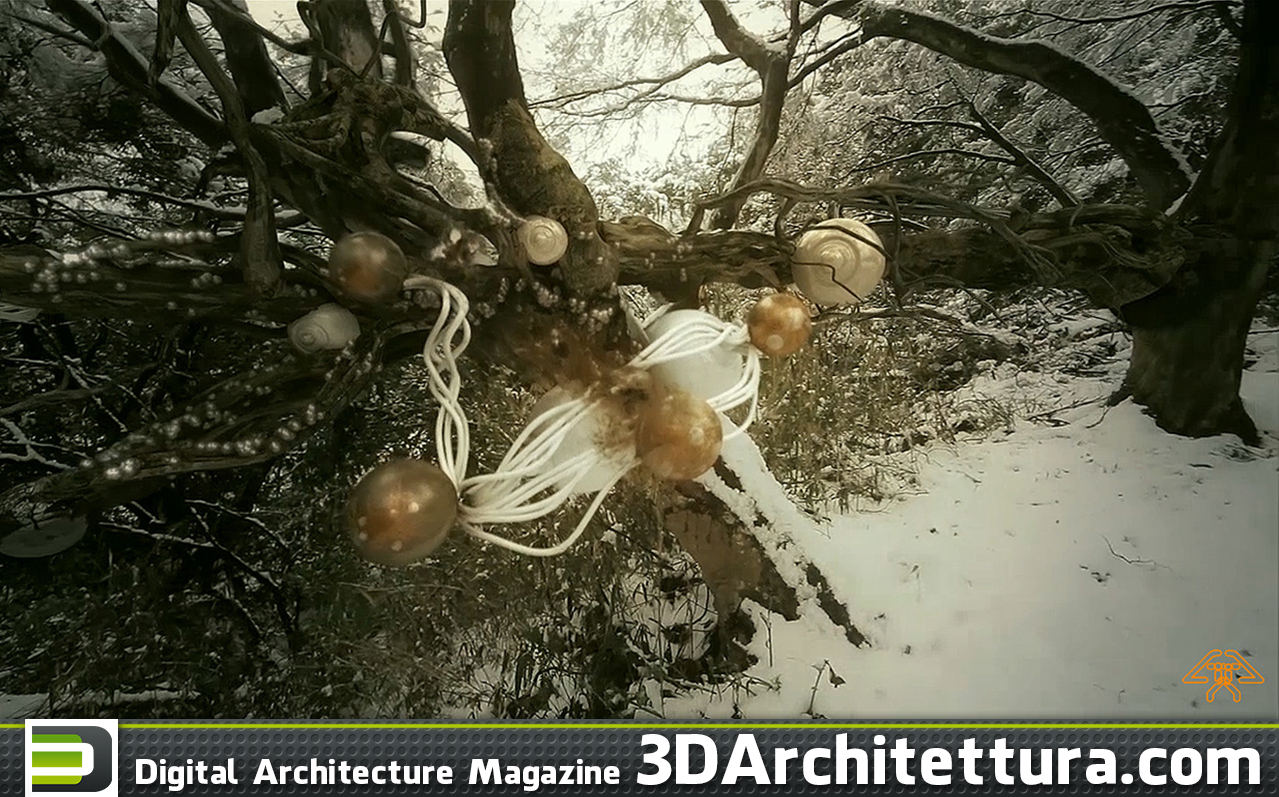As you already know, the last days of October animago Awards has announced the winners of this year. Today we would like to introduce you Stefan Larsson from Japan. His CG animation “Spatial bodies” was chosen by animago expert jury as the best Architecture Film of 2016.
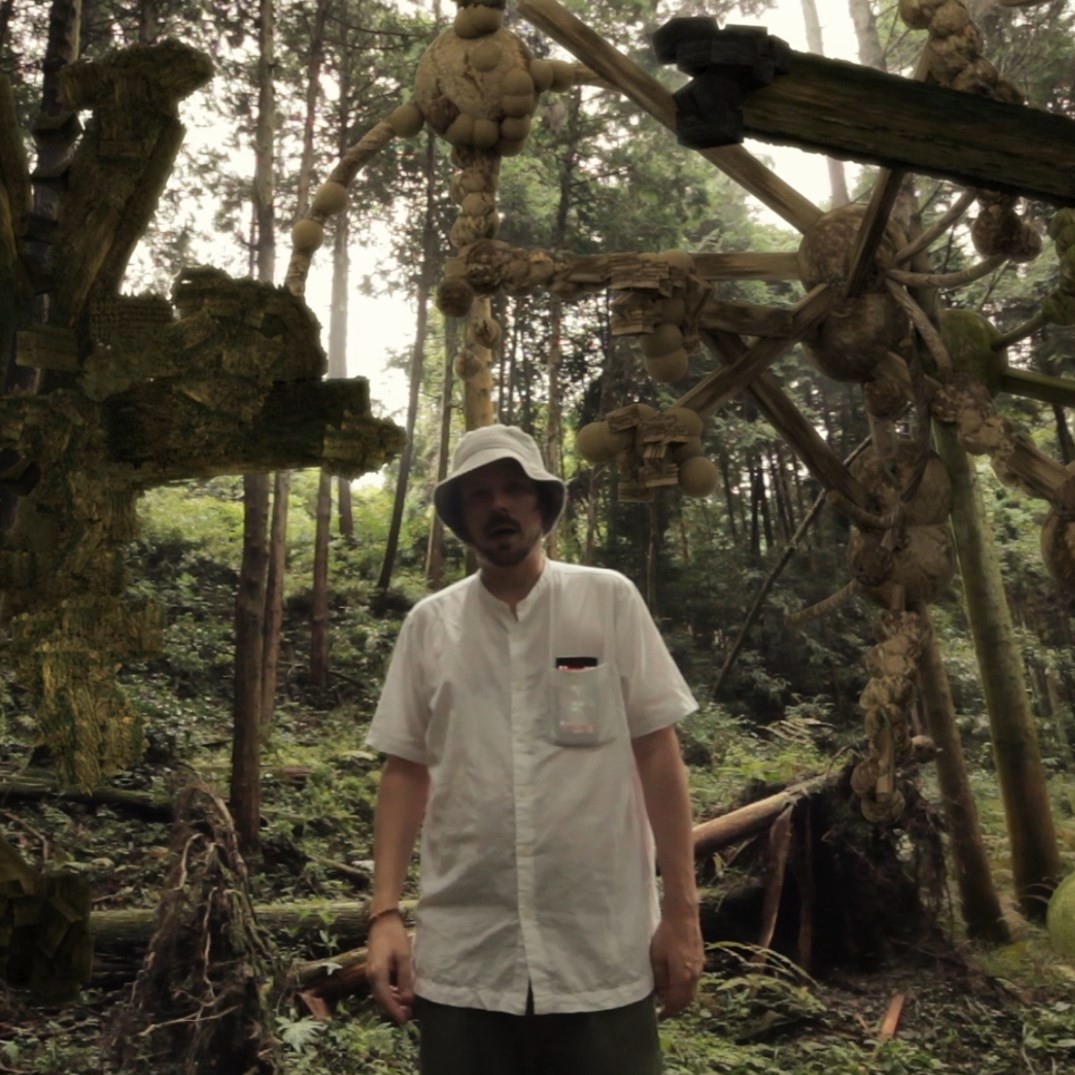
Can you tell about your background and how you started to work with CG? What is AUJIK?
I started AUJIK about 15 years ago when I was in the Art Academy in Umeå, Sweden. I took an MFA from there in 2015 and a couple of years later I moved to Japan and since then been living here.
I prefer to define AUJIK as an art concept in which the core elements are AI (Artificial Intelligence), nature and consciousness. Initially I worked with sculpting and paintings to express these matters. At some point I started to make sketches in 3D software and suddenly discovered the possibilities with 3D animation and ray traced renderings using VRay.
Besides the conceptual part of AUJIK, I’ve been interested in design and especially robotic and futuristic structures. I’d been thinking about heading in to more architecture orientated ideas for quite a while, but it wasn’t until recently when I started filming with a drone that I started to execute them.
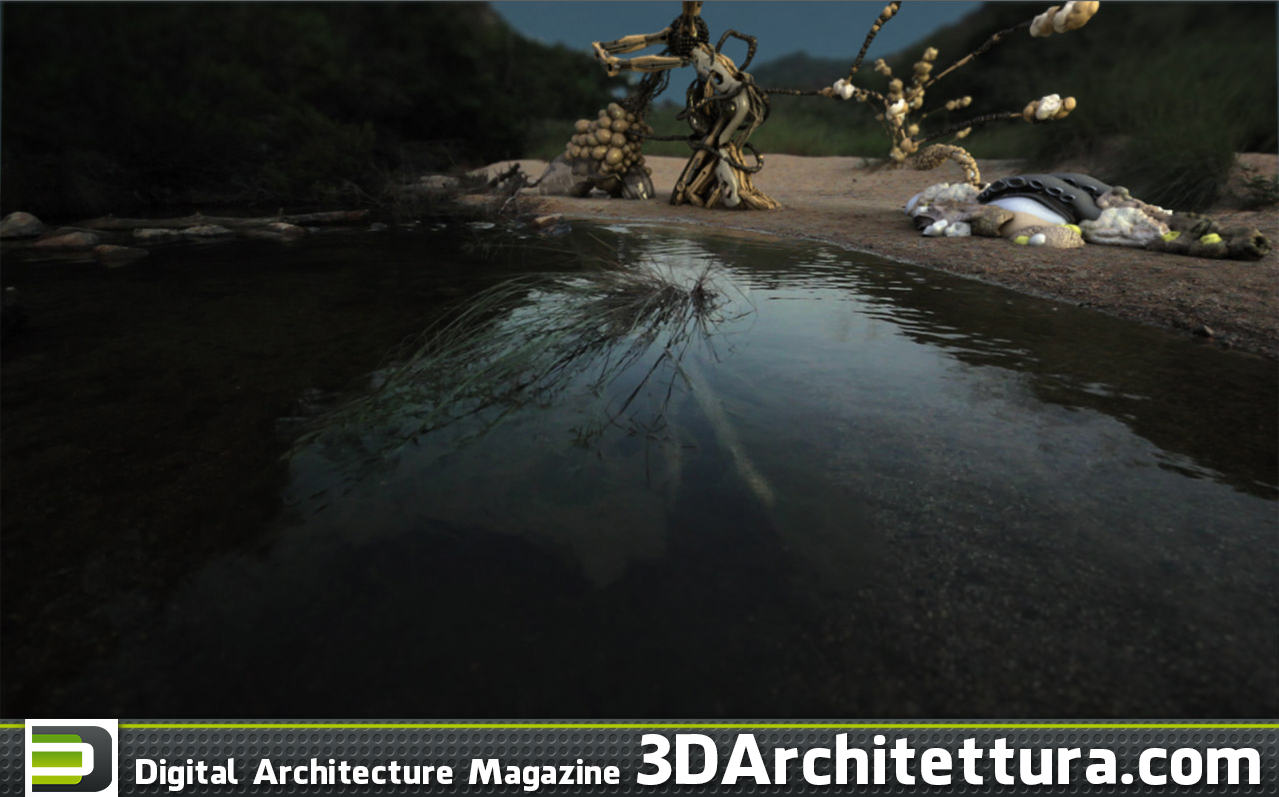
How did you get the idea of “Spatial bodies”? How long did it take to accomplish it?
I got the idea some years ago when I was in Tokyo and watched the inferno of buildings sweeping through from the perspective of the Yamanote line (Tokyo’s loop rail). It reminded me of a rampant forest and felt like an living organism that burst out of humans control. I started to think about how I could present this idea, and assumed it was necessary to film from a helicopter, which was beyond my league, so I put it on the shelf for a while. Then came the drone industry which made it possible to realize it. I made some test versions for two months, mainly to get an idea on how to motion track buildings and replace them by CGI, and how to blend it. Then it took about 3 months to make the final version.
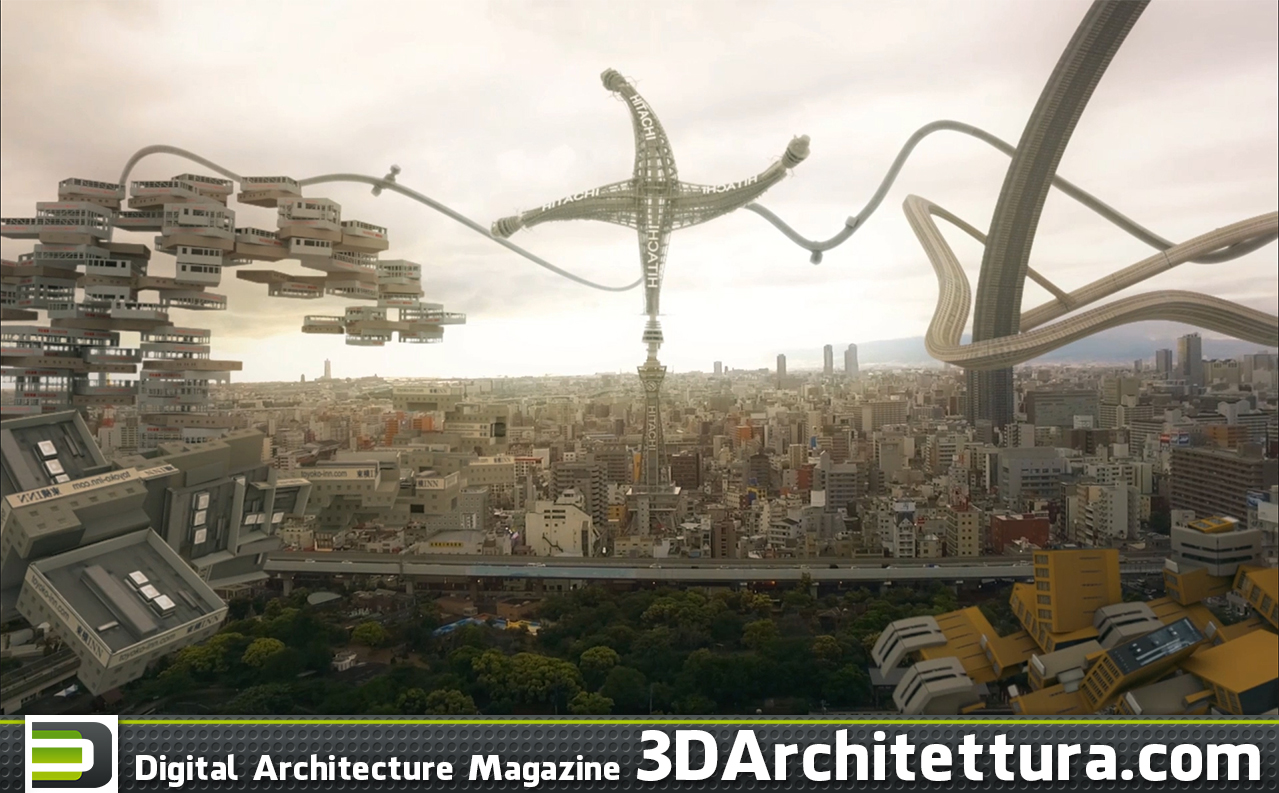
What was your workflow? What was your approach to combining video footages and 3d?
Compare to my previous videos, the workflow became very important for this project. At first I didn’t really know how to process it, but then it naturally feel to pieces. After I motion tracked the footage, I started to decided which buildings was most suitable for adding CG to. Then I made 3D models of them – more or less detailed, depending on the scale, distance etc – by using textures from the real buildings, and built balconies, windows, doors, rails etc. based on the textures.
I had to use Google map to get a better idea of their structures and materials.
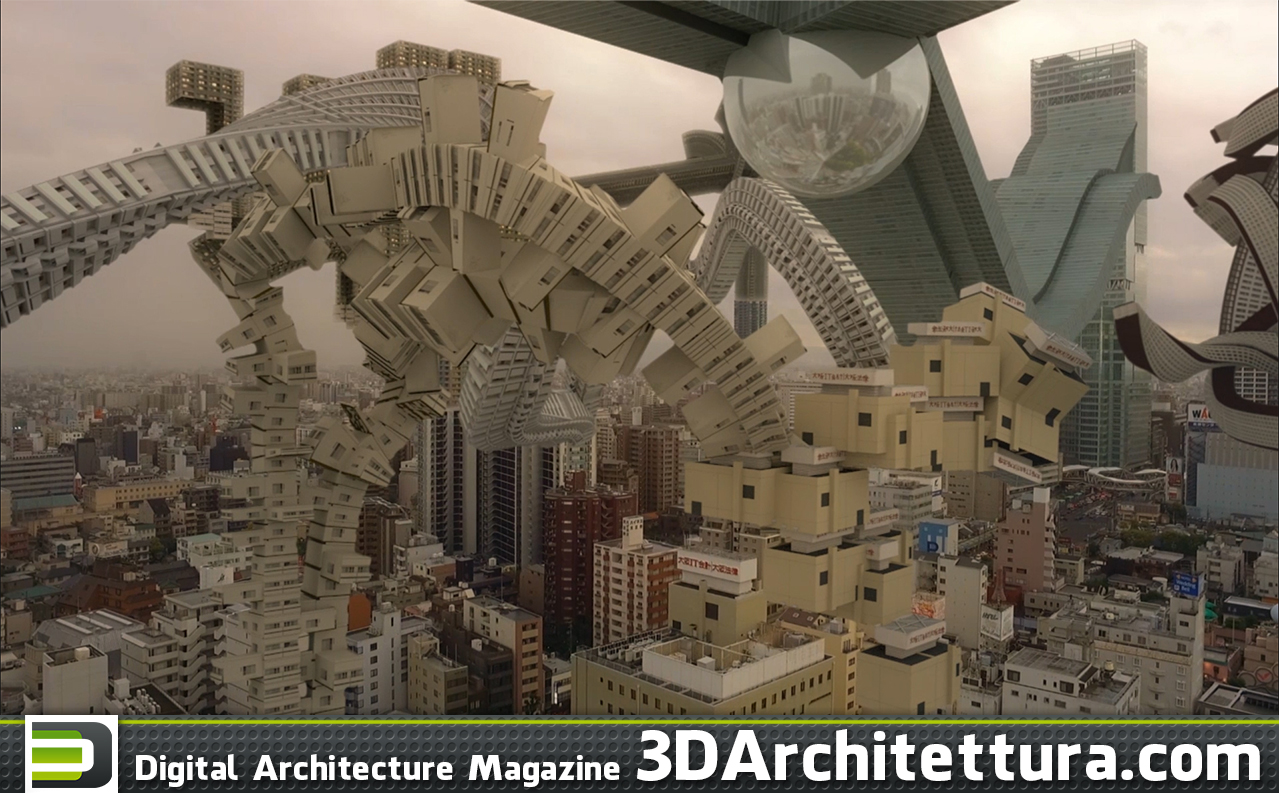
So the workflow was basically: Film, motion tracking, 3D modeling, creating shapes, rendering and post effects. I used Syntheyes for motion tracking and then 3DSMax for modeling and rendered it with VRay. I made some HDRI maps from the location in HDRI-shop. Composition and post effects was made in After Effects, using Magic Bullet plug in.
The music was made by a Japanese artist called Daisuke Tanabe, the rest I made myself.
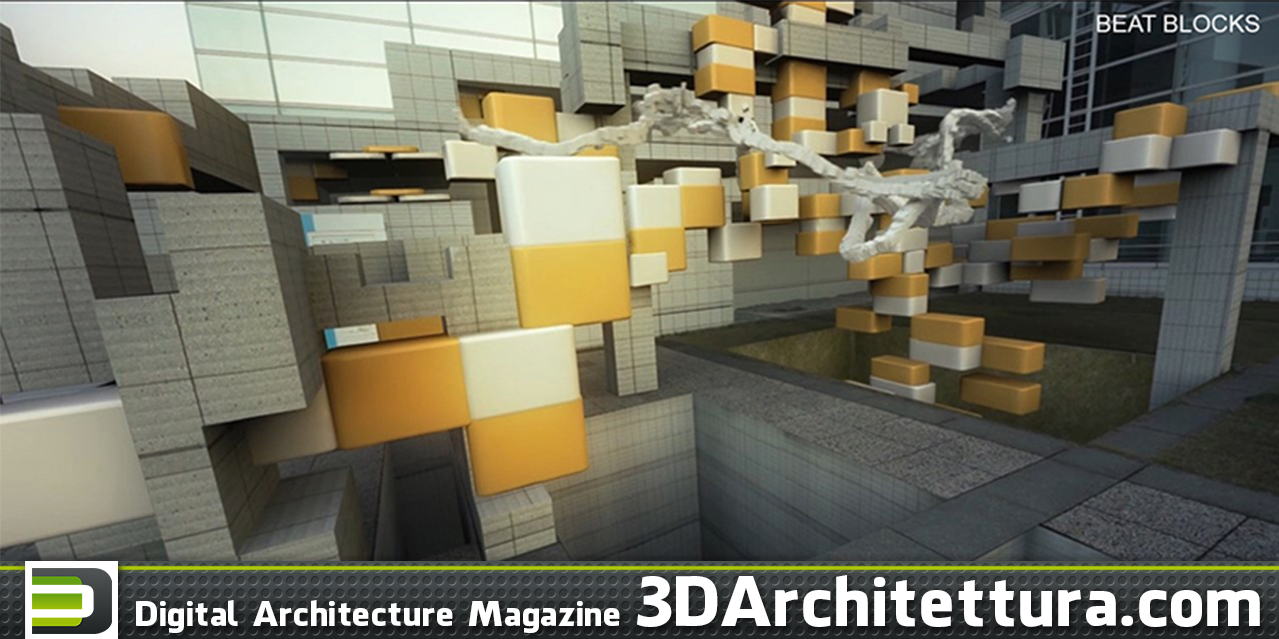
What was the hardest challenge for you? If you were starting this project now, what would you do differently?
Filming it in Osaka was challenging. I needed to find some spots in the vicinity of high buildings where could be somehow safe to start from.
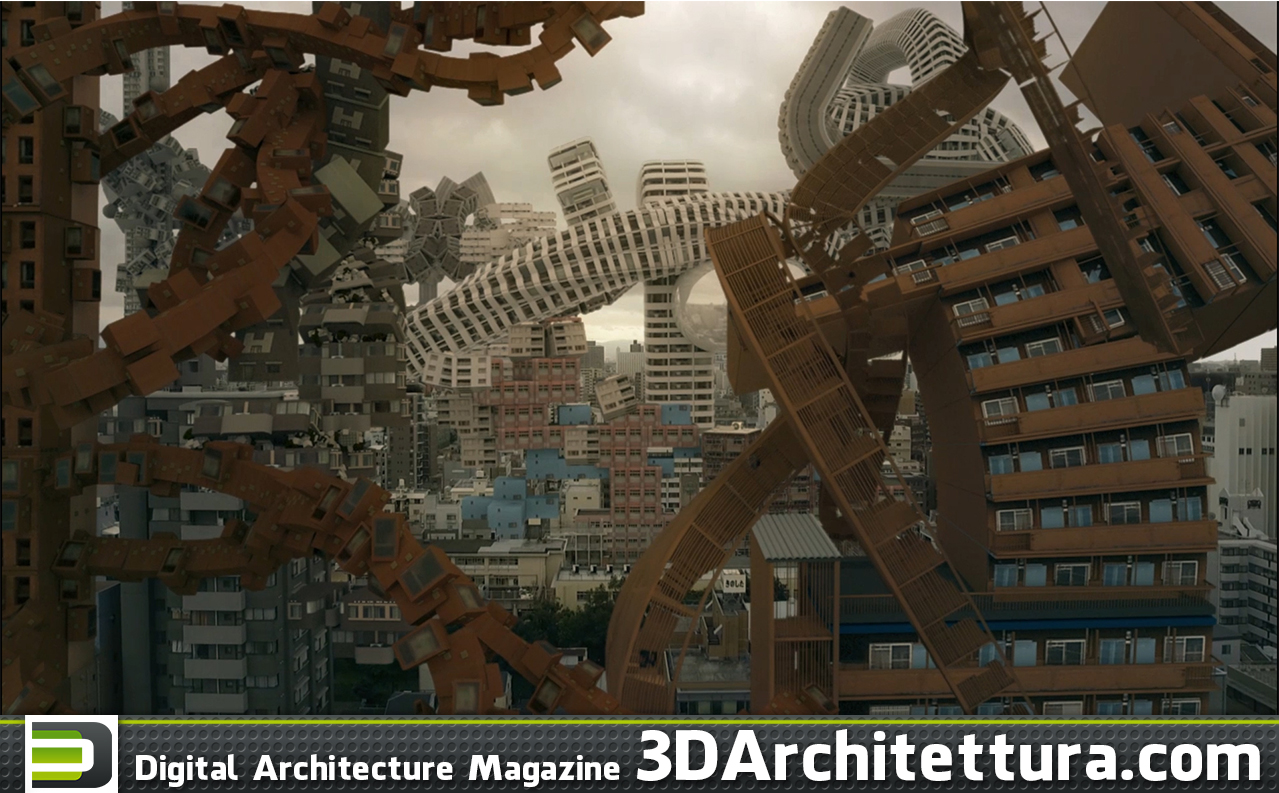
Before I got the workflow all settled it was a bit confusing and frustrating because it was so many things to consider, and especially how to model the buildings without being too time consuming, but yet somehow realistic. Now with that experience I would probably focus more on an overall concept in terms of design, to make it more comprehensive, spectacular and homogenic.
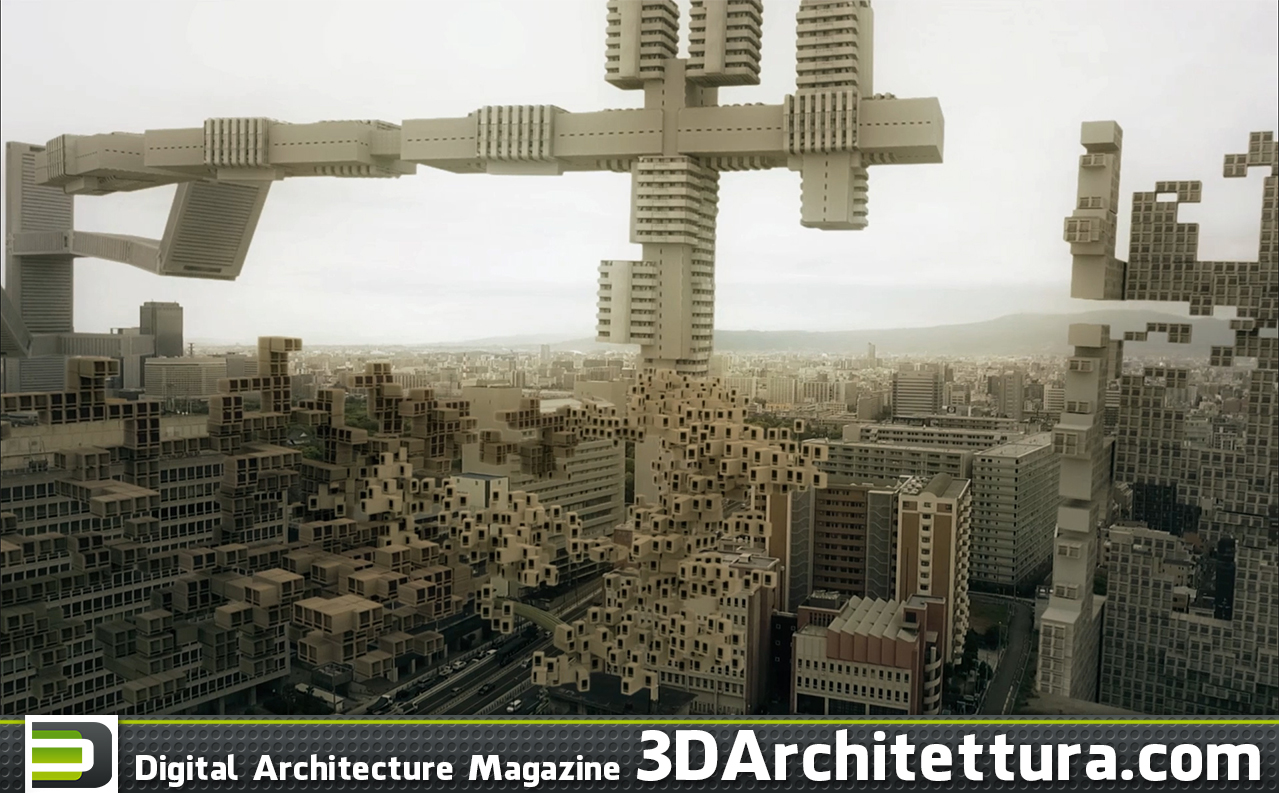
What’s going to be next? On what project are you working now?
I’m working on a commissioned project that I can’t reveal anything about at the moment.
After that I’m planning to make a video filmed in a snowy landscape using a drone – most likely at a mountain called Ibuki not far from where I live. It will feature some robotic creatures and be slightly similar to one of the first videos I made called ‘YUKI’.
I’m also planning to make a book with pictures, illustrations and text, that can expand AUJIK and make it more holistic.
I also got an idea for another video a bit similar to ‘Spatial Bodies’, but filmed in the forest so I’m currently looking for a location.
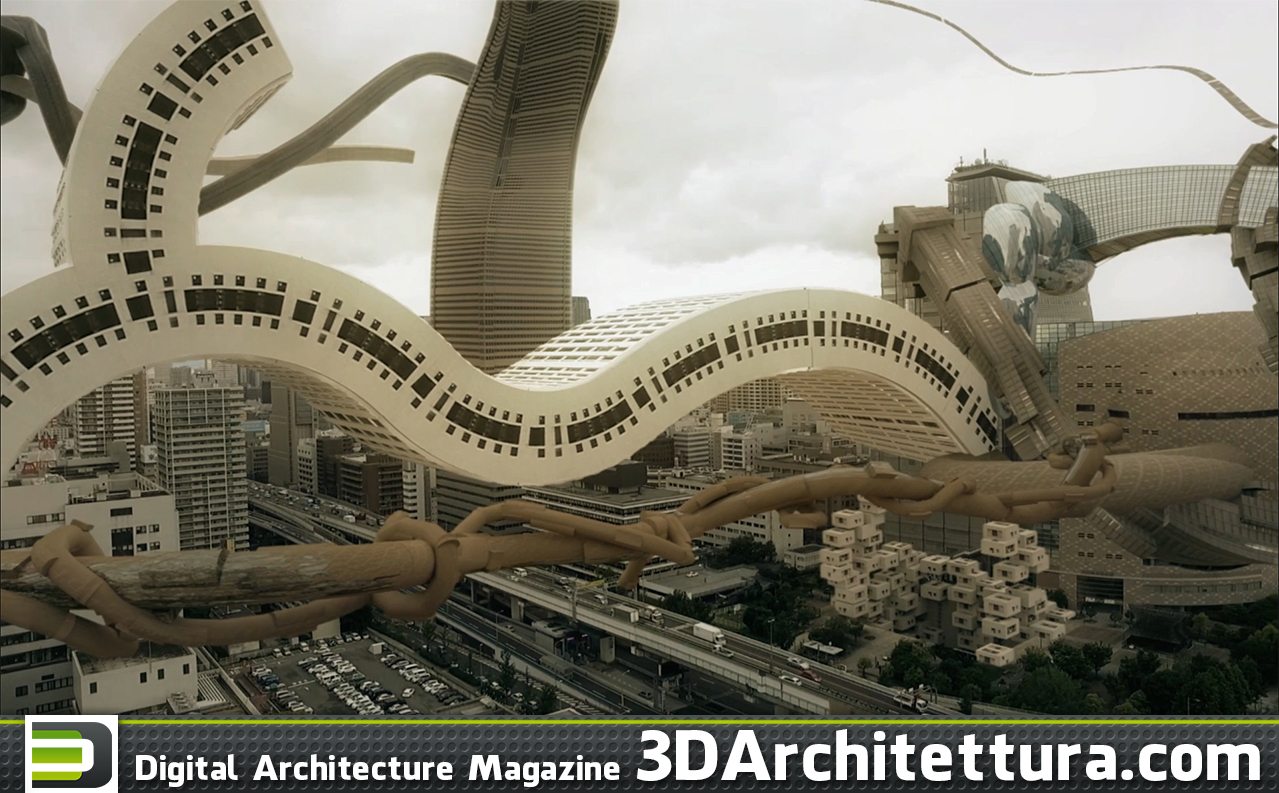
Was it your first time to participate in animago Awards? In your opinion, what does participation in professional competitions give to the artists?
Yes, it was my first time.
I recommend that all young artists submit to festivals, competitions and events. It’s the best path to potentially gain attention and eventually recognition. Working with CGI animation, I think animago is one of the best internationally, along with Prix Ars Electronica, SIGGRAPH and Japan Media Arts Festival. All of these are also free to apply for and are well established and highly respected with wide networks. I also recommend onedotzero that have a traveling video-program that they feature at various events. I’ve never really been that into competitions, but I guess one rational thought is to focus on just a certain area that resonate with the persons expressions and visuals. I’ve been rejected many times, and mainly by events that’s not exactly in my sphere.
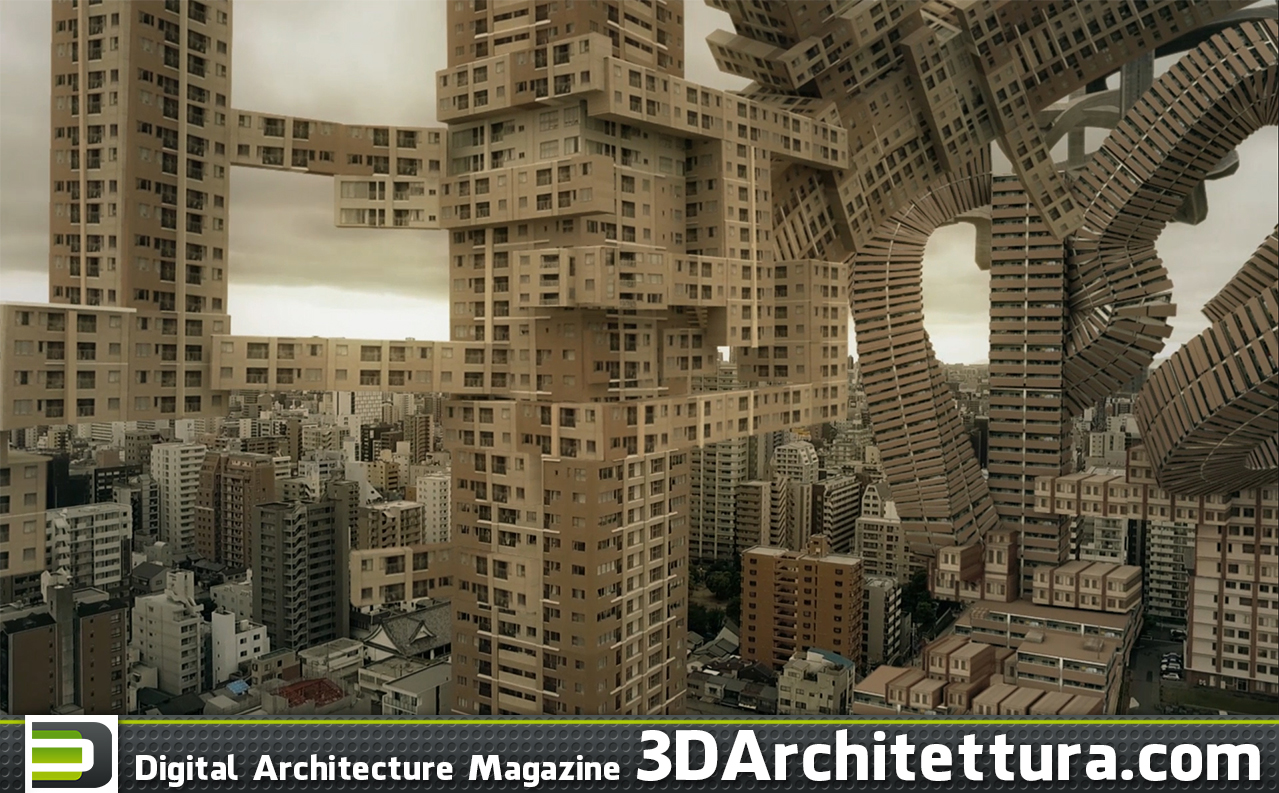
Also I’ve been invited to festivals that I didn’t feel comfortable with. Well, it all comes down to what you do. Guess my stuff is somewhere in between video art, computer animation and new media art depending how you perceive it, so that’s been sort of a privilege to be able to navigate in various fields. Yet what I do is quite unconventional, obscure and DIY which makes it limited in that sense. Anyhow, what I’m trying to say is that it might be of some importance to distinguish what you are doing and then to endure from there. It’s all about making a brand and label yourself in the end.
